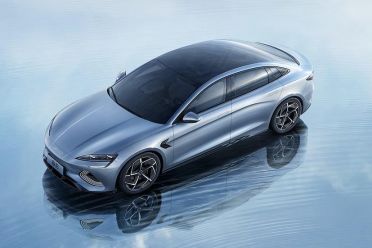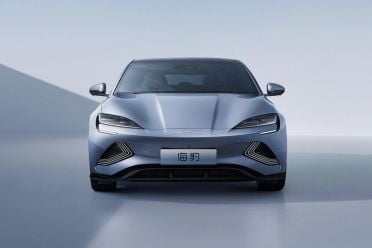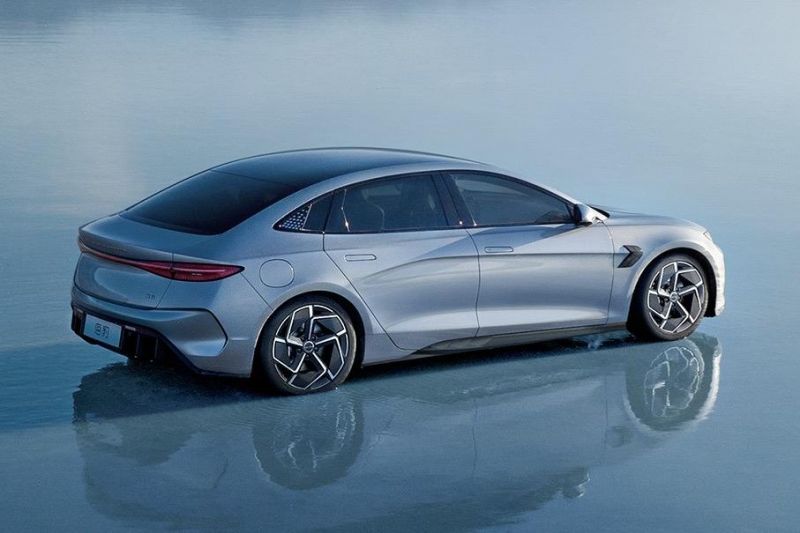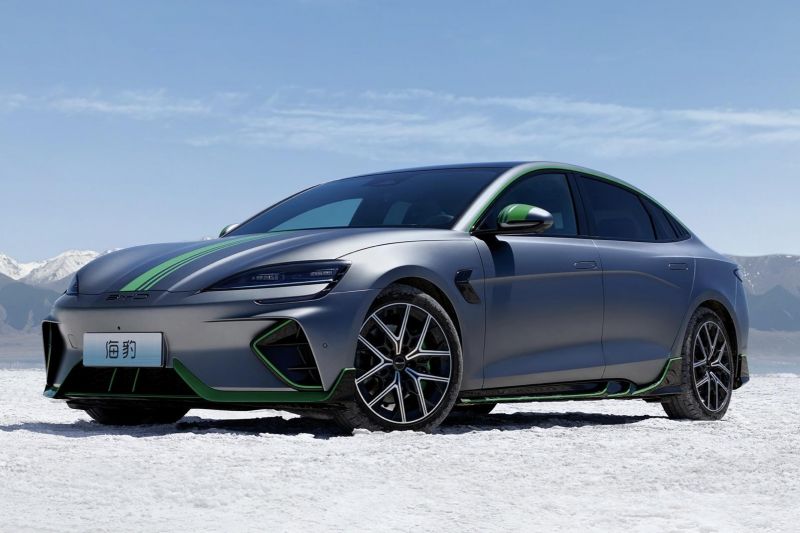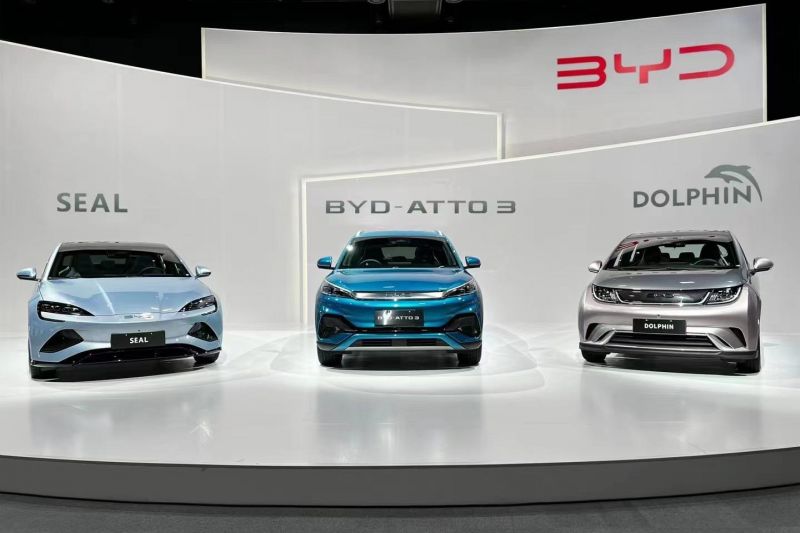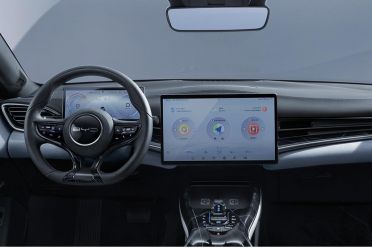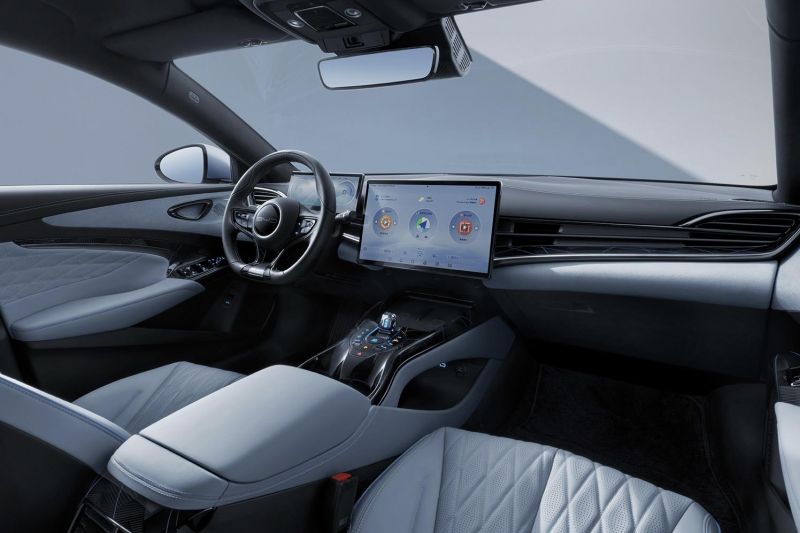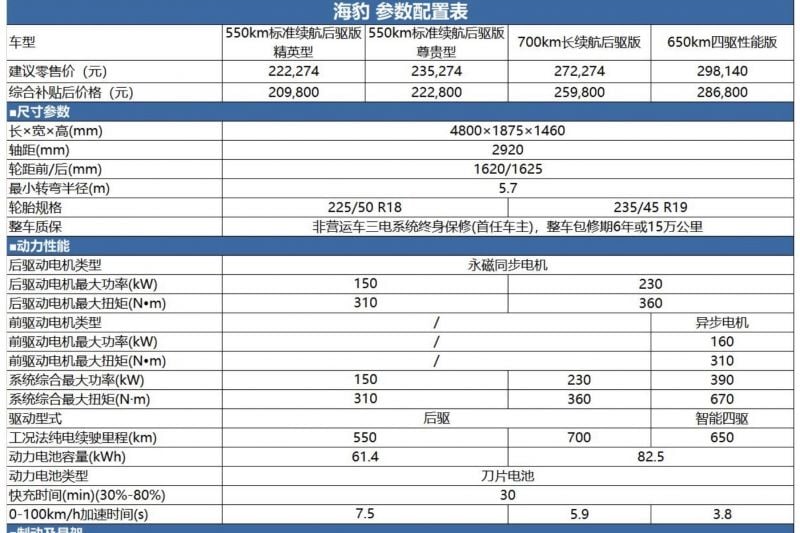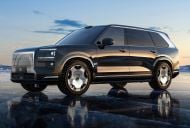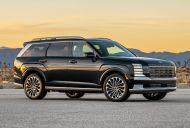Rapidly growing Chinese electric vehicle company BYD is preparing to launch a new EV sedan to rival the Tesla Model 3 – and Australian orders are expected to commence in late 2022.
The BYD Seal, as it’s called in China, has just gone on sale in its domestic market with deliveries slated to commence this month. We don’t yet know what it’ll be called here.
Media sources there quote pre-order numbers of between 60,000 and 110,000 cars, depending on which sources you read. Either way it seems to be a hit.
The good news from an Australian perspective is you should be able to get your hands on one in 2023 as BYD’s local importer, EVDirect.com.au, plans a major expansion.
Expect orders to be taken both online, as well as in store at one of BYD’s recently detailed national dealers backed by Eagers Automotive, an ASX-listed entity.
The BYD Seal is expected to be one of two additional BYDs going on sale here this year, the other likely a small hatchback based on the China-market BYD Dolphin.
Its first Australian-market vehicle, the Atto 3 small SUV, arrives in August.
The company indeed confirmed to us this week that local orders for the BYD Seal were on track to open for Australia later in 2022, though it could not yet offer delivery timing.
For some vague context, the BYD Atto 3 arrives from August after a few delays, which is about six months after its pricing was announced.
As to the Australian-market BYD Seal’s name, that’s also unclear. It’s our understanding that ‘Atto 4’ as speculated elsewhere will not be used on this vehicle, however.
EVDirect.com.au claims to hold 3500 Atto 3 pre-orders already, which if delivered upon would put the company in the top-tier of EV-sellers in Australia, behind Tesla.
While the Atto 3 will rival the soon-to-be-updated MG ZS EV at the bottom end of the market, the BYD Seal in terms of size and shape is more a Tesla Model 3 competitor.
As such it’s being referred to in China as BYD’s most important car. The Warren Buffet-backed BYD, remember, is among the biggest competitors to Tesla from the non-‘legacy’ auto OEMs.
This is the same BYD that announced last week that it was about to launch three EVs in Japan during 2023: the Atto 3, Seal and Dolphin – uncommon for a Chinese brand.
Other conceptually similar target models are clearly the Polestar 2 and the newly unveiled Hyundai Ioniq 6.
The BYD Seal measures 4800mm long, about 100mm longer than the Model 3. Its entry price is just over 220,000 Yuan ($A46,500) compared to $280,000 Yuan ($A59,300) for the Tesla.
That’s before rebates.
The BYD Seal’s styling, penned under the leadership of former Audi design head Wolfgang Egger, closely mimics that of the recent BYD Ocean-X concept.
The claimed domestic driving range is between 550km and 700km depending on battery, although it’s not yet clear how close it’ll come to matching these targets in the real world. It’s expected the base model’s WLTP range will be somewhere around 450km.
Normal-range single-motor (believed to be rear-drive) versions use a 150kW and 310Nm motor and 61.4kWh ‘BYD Blade’ battery pack, and do 0-100km/h in a claimed 7.5 seconds. The range is listed as 550km.
The mid-tier longer-range models offer 230kW and 360Nm outputs and a bigger 82.5kWh battery, and a 0-100km/h time of 5.9 seconds. The range is listed as 700km.
The dual-motor AWD performance model quotes outputs of 390kW and 670Nm with the addition of another motor. BYD cites a 3.8-second 0-100km/h time and 650km range.
The Seal is based on BYD’s new flexible, skateboard-like ‘E-Platform 3.0’ with the brand’s proprietary ‘Blade’ lithium-iron phosphate batteries (up to 800V system voltage). This style of chemistry – also in the China-made Model 3 – is designed to maximise stability and life cycle.
In terms of kerb mass, BYD’s previous government filings list figures of between 1885kg for the base to 2150kg for the dual motor – somewhat greater than the Tesla which is listed as between 1752kg and 1836kg.
MORE: All BYD content





